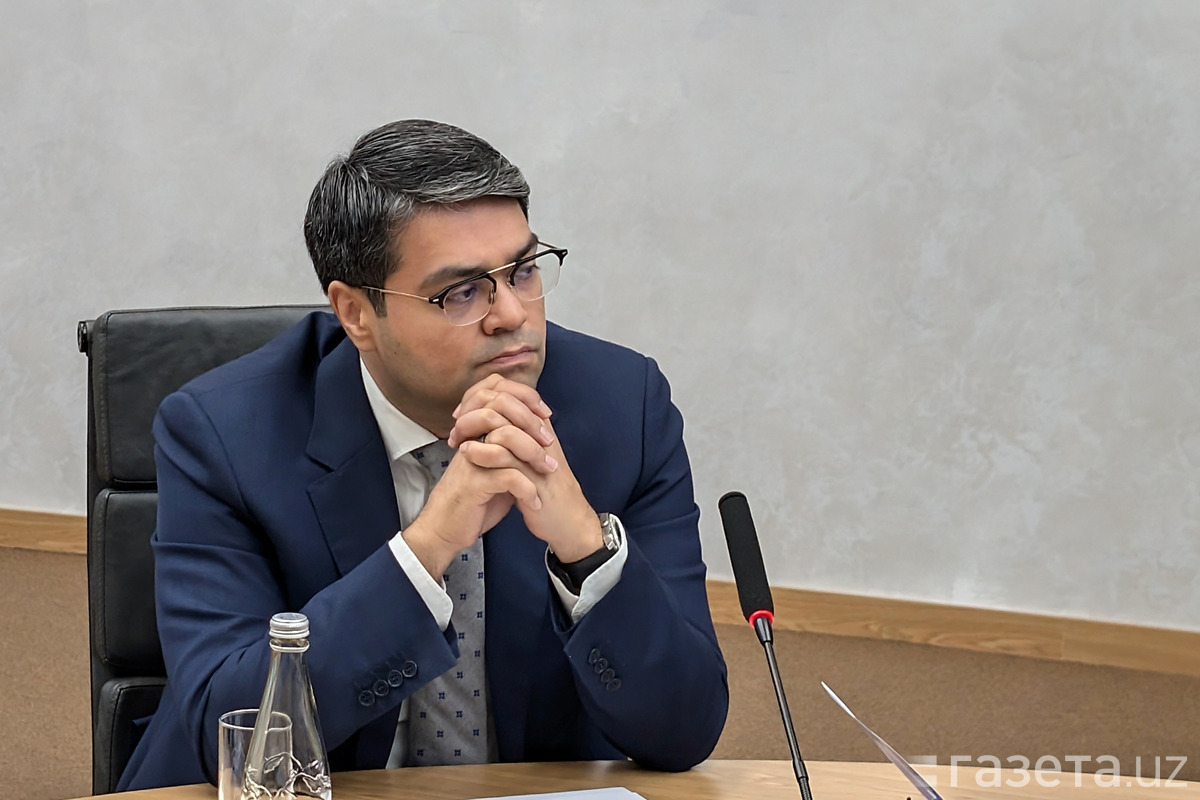WNAM MONITORING: Uzbekistan is considering building small modular nuclear reactors (SMR) in a number of regions of the country, director of UzAtom, nuclear energy agency, Azim Ahmedkhadjayev said at a conference on 15 October.
In 2023, Uzbekistan generated about 78.7 billion kWh of electricity, of which 83% came from natural gas-fired power plants, he said. This share is expected to fall to 71% by 2026.
“This heavy reliance on fossil fuels has led to high electricity prices, significant gas consumption and low energy security. Extreme cold in winter and heat in summer have already shown the consequences of this dependence. And to address these issues, Uzbekistan’s strategic goal in the energy sector is to diversify the energy mix with an increase in green energy sources such as solar, wind and now nuclear power generation,” he stated.
“Our renewable energy program envisages creation of 20 GW of capacity, and all of this needs to be regulated. The lack of manoeuvrable reserve capacity in the energy system, the shutdown of large capacity units can lead to cascading shutdowns in the energy system in case of an accident at a nuclear power plant. And low capacity of main transmission lines and poor connections with neighboring energy systems can lead to imbalances in the energy system,” he said.
For stable operation of power systems and successful integration of nuclear power plants, it is necessary to develop means of system and emergency automation, develop power grids and create flexible sources of power generation.
All these challenges cab be met today by small modular reactors, which differ from large reactors in terms of high safety through a combination of passive reactive safety systems, and easy adaptability to the power system due to low technical capacity, which is equal to the capacity of traditional gas and coal-fired power plants.
“It is the possibility to build some SMRs close to consumers due to their smaller footprint and smaller exclusion zone. It is the low cost in the initial stage of implementation of joint operation with renewable energy sources with the possibility of load following. All these features make small modular reactor technologies attractive in the conditions of Uzbekistan and allow them to be used for other purposes as well,” head of UzAtom said.
Azim Ahmedkhadjayev said that many world companies are actively engaged in the development of their small modular reactor technologies. The UzAtom has analyzed these technologies in detail and chose the Russian state corporation Rosatom, which has extensive experience in developing reference technologies, he noted.
“No one actually owns [this technology], but developments are being carried out by many companies. Large programs have now been adopted in various Western and Asian countries. We follow the development of these technologies closely. One example is the CNNC (China National Nuclear Corporation), which is completing the construction of a 100 MW small modular reactor. It will not be commissioned until next year. After that, we will be able to follow the development of these small modular reactors. The same efforts are now being made in Korea, Japan and the US. But they will not be able to offer their technologies until after 2030,” he said.
Azim Ahmedkhadjayev said that UzAtom was actively working with Rosatom on the project to build the small nuclear power station.
“On the basis of the above characteristics, 14 potential sites for the construction of nuclear power plants have been preliminarily assessed. It is planned to study these sites in detail for further development of small reactors in different regions of the country. The assessment will be carried out on the basis of local and international normative documents, documents on the selection of sites for nuclear power plants,” he said.
“The high manoeuvrability of small nuclear power plants allows them to work in conditions when a large number of renewable energy sources are introduced into the power system. The high level of safety and the possibility of local installation of such technologies allow them to be used for direct heating of villages and towns. In addition, flexibility in the choice of location allows the installation of small plants to produce expensive industrial steam that can be used in the chemical and oil industries,” the UzAtom chief said.
He noted that the project for the construction of the SMRs provides for the obligatory localization of some components of the plant.
Head of the Nuclear power station construction directorate Otabek Amanov said that SMRs would be owned by Uzbekistan. He added that domestic uranium would be used to produce nuclear fuel, while the used fuel would be exported to Russia.
The contract for the construction of the first SMR in Jizzakh region of Uzbekistan was signed on 27 May between the directorate and Atomstroyexport (Rosatom’s engineering division), during Russian president Vladimir Putin’s visit to Tashkent.
President Shavkat Mirziyoyev called the project to build a small nuclear power plant “extremely important”. “Given our own large uranium reserves and exports to third countries, this project is vital for us when we think about the prospects of entering a new stage of the country’s development,” he said.
Head of Rosatom Alexey Likhachev said the plant would be commissioned “in stages, in modules” from 2029 to 2033. The small nuclear power plant will have RITM-200N water-water nuclear reactors, which have been used in nuclear icebreakers, but no land-based nuclear power plants have yet been built with these reactors.
On 10 September, the directorate and Atomstroyexport signed a protocol on the start of work on the plant project. This marks the beginning of the active phase of preparatory work at the construction site and the development of design documentation.
Energy minister Jurabek Mirzamahmudov recently said that Uzbekistan still needed a large nuclear power plant. It could be built before 2040.


